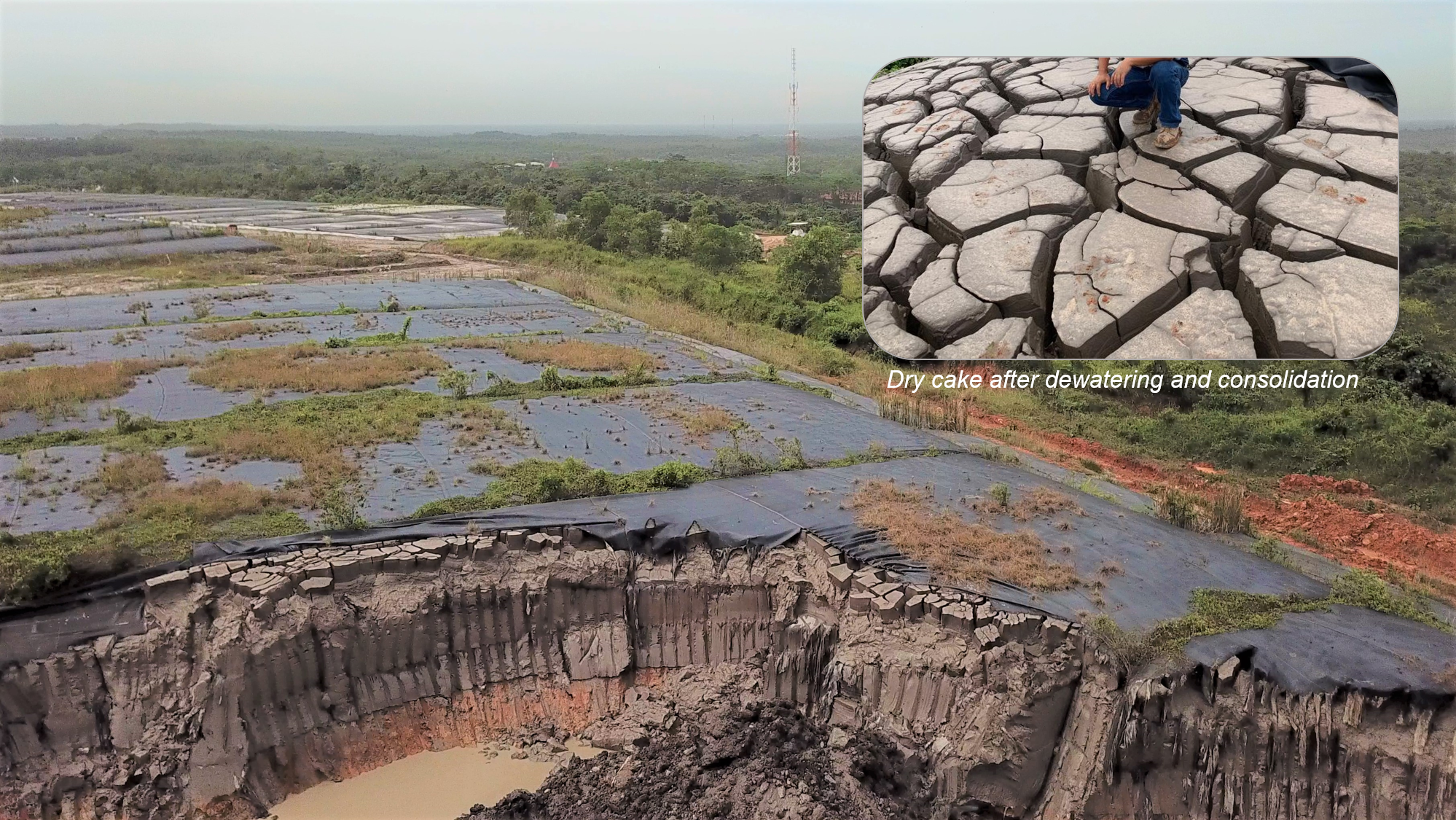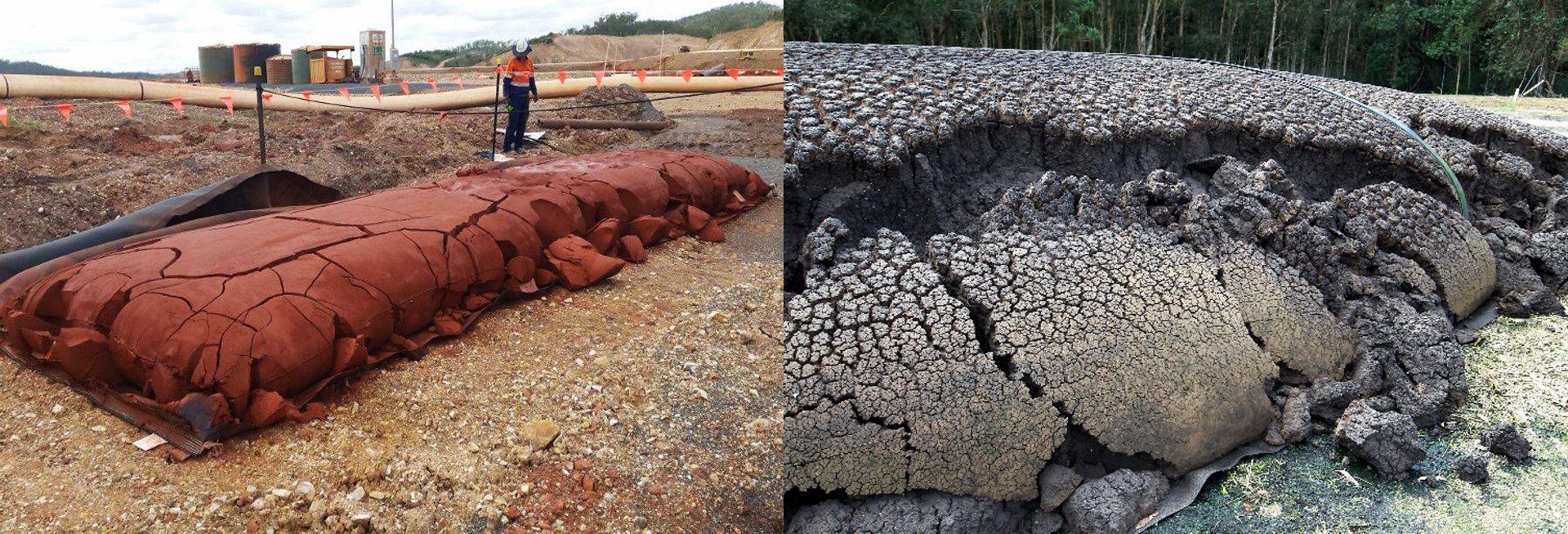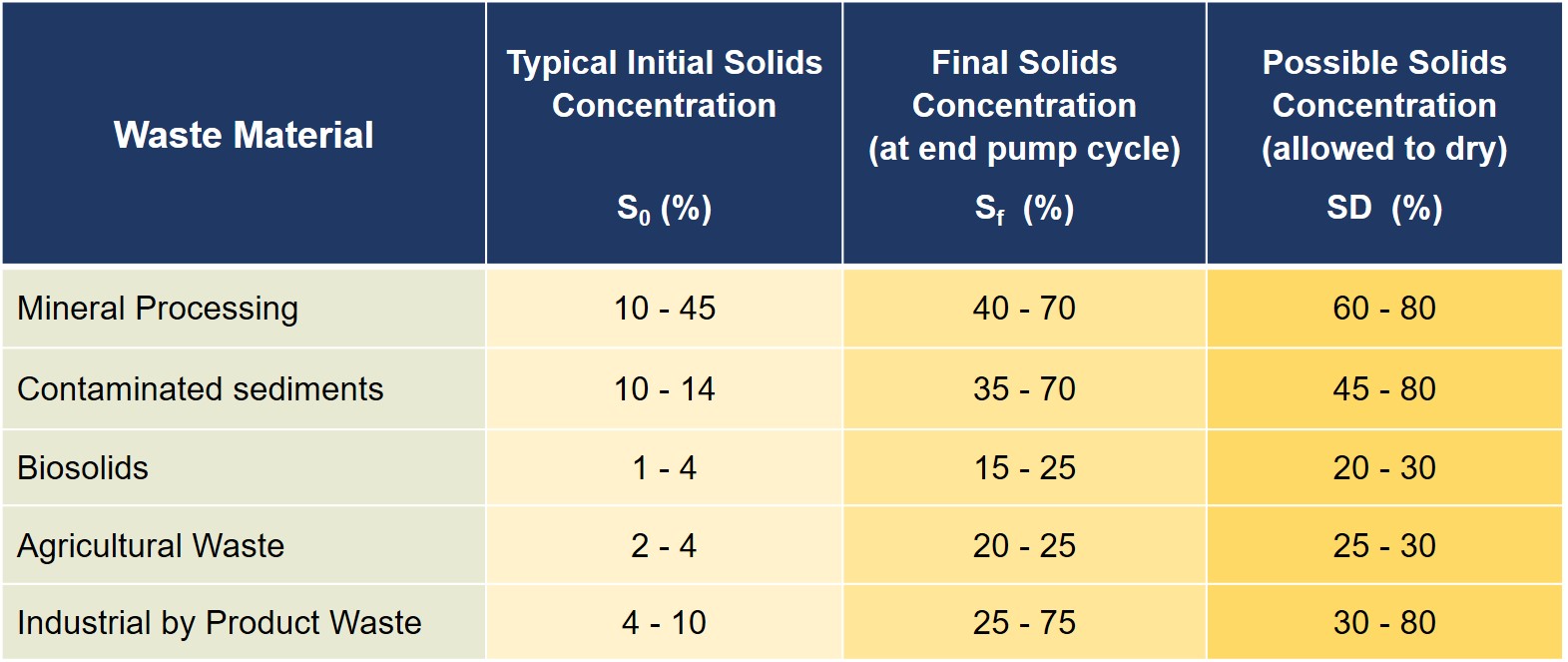Blog Bite 1: TenCate Geotube® Slurry Dewatering - How Dry is Dry?
By Norhisam Omar

Welcome to our blog space where we share our insights and experiences in civil engineering and geosynthetics. We feature bite-sized articles for quick and easy consumption
TenCate Geotube® dewatering offers a multitude of benefits to mining and mineral processing industries, environmental dredging, agriculture, industrial wastewater processing and municipal applications. We often discuss about the processes of filling, dewatering and consolidation, and the options of storage or disposal of the dewatered cake after consolidation.
Being an effective technology that produces high volume reduction and retention of solids, engineers evaluating Geotube® dewatering systems often ask, how dry is dry, when discussing the properties of dewatered cake within the tubes. We share the factors in two bite-sized pieces.
Enjoy your first bite.
Bite #1. HOW DRY IS DRY?

The answer to this relatively complex question is determined by several factors:

Why Drying is Important
Achieving good drying quickly is important when the slurry within the tubes is required to be reprocessed for mineral extraction, or tubes are required to form the base layer for a stacked containment or bund type structure. In cases where dewatered slurry will remain contained within a Geotube® unit, rapid drying is less critical and tubes can be allowed to dry over time. Slurry contained within tubes is secure and will not rehydrate or leach when exposed to adverse weather.

Organic vs Inorganic - Dewatered Bauxite tailings after 14 days and sewage sludge dry cake after extended in-tube drying
Slurry Type
The table below illustrates the range of typical solids concentrations for a wide variety of different slurry types and the improvement in percentage solids that can be achieved at the end of a tube pump cycle and subsequent additional dryness that can be expected if tubes are left to dry further after pumping.
 Values will vary relative to individual slurry composition. Ultimate dryness is weather dependent.
Values will vary relative to individual slurry composition. Ultimate dryness is weather dependent.
In all cases, the typical increase in dryness achieved using Geotube® dewatering technology is significant. Factor in the reduction in volumes achieved and the value proposition of using Geotube® dewatering technology can be very positive.
Here are some illustrations of Geotube® units showing the dewatered cake of various sludges.
 Dewatered coal fines after 4 - 6 weeks with final solids concentration over 55%. The dry cake was used as infrastructure earthfill works
Dewatered coal fines after 4 - 6 weeks with final solids concentration over 55%. The dry cake was used as infrastructure earthfill works
 Dewatered biosolids cake after 4-5 weeks of drying with solids concentration of 30 - 35%. The dewatered cake was disposed at a landfill
Dewatered biosolids cake after 4-5 weeks of drying with solids concentration of 30 - 35%. The dewatered cake was disposed at a landfill
 Dewatered palm oil mill effluent (POME) dry cake after 4-7 weeks with solids concentration between 30 - 40%, and was used as fertilizer
Dewatered palm oil mill effluent (POME) dry cake after 4-7 weeks with solids concentration between 30 - 40%, and was used as fertilizer

Dewatered sewage cake after 4-6 months with solids concentration of more than 30%, and was disposed as sugar cane fertilizer



